Rubinstein-Taybi syndrome in a Saudi boy with distinct features
Por um escritor misterioso
Last updated 10 novembro 2024
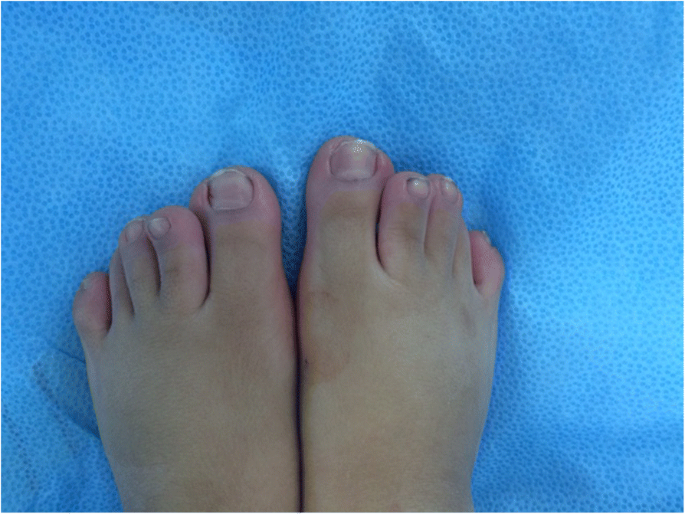
Background Rubinstein-Taybi syndrome (RSTS) Type 1 (OMIM 180849) is characterized by three main features: intellectual disability; broad and frequently angulated thumbs and halluces; and characteristic facial dysmorphism. Case presentation We report on a Saudi boy with RSTS Type 1 and the following distinct features: a midline notch of the upper lip, a bifid tip of the tongue, a midline groove of the lower lip, plump fingers with broad / flat fingertips, and brachydactyly. The child was found to be heterozygous in the CREBBP gene for a sequence variant designated c.4963del, which is predicted to result in premature protein termination p.Leu1655Cysfs*89. The child and his father were also found to be heterozygous in the EP300 gene for a sequence variant designated c.586A > G, which is predicted to result in the amino-acid substitution p.Ile196Val. Conclusion Our report expands the clinical spectrum of RSTS to include several distinct facial and limb features. The variant of the CREBBP gene is known to be causative of RSTS Type 1. The variant in the EP300 gene is benign since the father carried the same variant and exhibited no abnormalities. However, functional studies are required to investigate if this benign EP300 variant influences the phenotype in the presence of disease-causing CREBBP gene mutations.
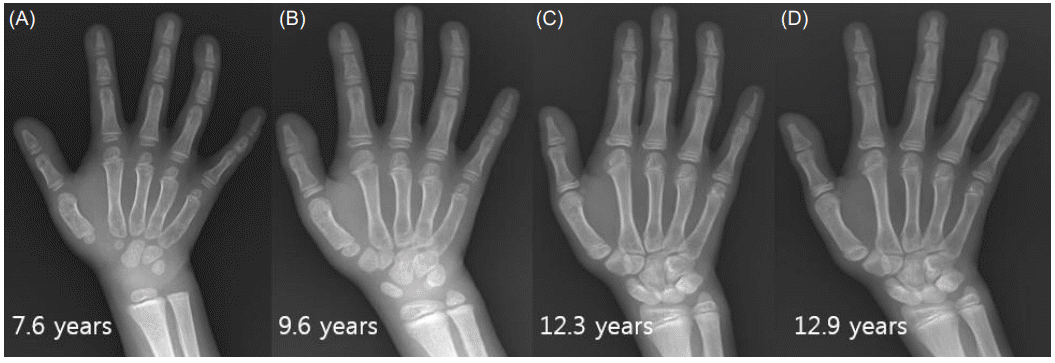
apem :: Annals of Pediatric Endocrinology & Metabolism

rubinstein-taybi syndrome adults - Google Search

Rubinstein-Taybi Syndrome: A case report

PDF) Rubinstein-Taybi syndrome in a Saudi boy with distinct features and variants in both the CREBBP and EP300 genes: A case report

Cureus, Ulerythema Ophryogenes in a Saudi Male: A Case Report

Rubinstein–Taybi syndrome - Wikipedia

Psychiatric Profile in Rubinstein-Taybi Syndrome

DBMCI MDS : Formerly MDS Experts - RUBINSTEIN TAYBI SYNDROME An autosomal dominant disease associated with deletions of the short arm of ch 16. Clinical Features: - Mental retardation - Broad thumbs

PDF) Rubinstein-Taybi syndrome medical guidelines

Facial features of Rubinstein-Taybi syndrome

Rubinstein-Taybi syndrome: MedlinePlus Genetics
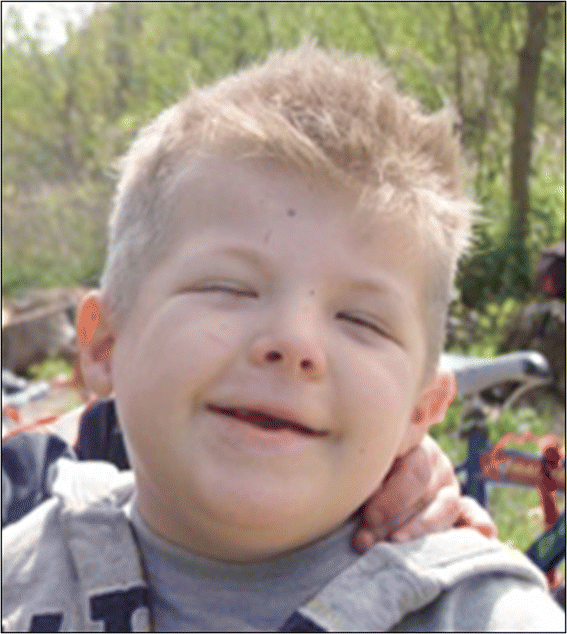
Rubinstein-Taybi syndrome: clinical features, genetic basis, diagnosis, and management, Italian Journal of Pediatrics

PDF) Rubinstein-Taybi syndrome medical guidelines
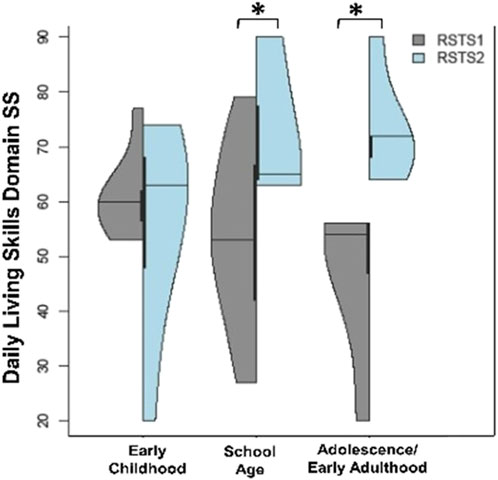
Frontiers Behavioral and neuropsychiatric challenges across the lifespan in individuals with Rubinstein-Taybi syndrome

PDF] Chromosome 16p13.3 Contiguous Gene Deletion Syndrome including the SLX4, DNASE1, TRAP1, and CREBBP Genes Presenting as a Relatively Mild Rubinstein–Taybi Syndrome Phenotype: A Case Report of a Saudi Boy
Recomendado para você
-
 A Case of Rubinstein-Taybi Syndrome with Tetralogy of Fallot10 novembro 2024
A Case of Rubinstein-Taybi Syndrome with Tetralogy of Fallot10 novembro 2024 -
 What to Expect Rubinstein-Taybi Syndrome10 novembro 2024
What to Expect Rubinstein-Taybi Syndrome10 novembro 2024 -
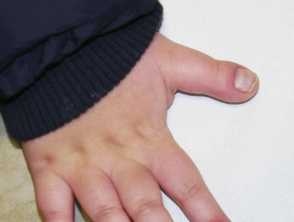 Rubinstein-Taybi Syndrome: A Complete Overview — DermNet10 novembro 2024
Rubinstein-Taybi Syndrome: A Complete Overview — DermNet10 novembro 2024 -
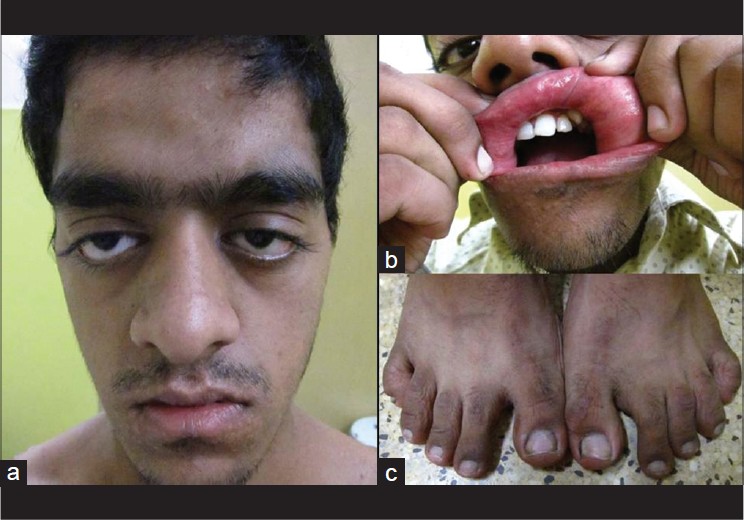 Rubinstein-Taybi syndrome: A report of two siblings with10 novembro 2024
Rubinstein-Taybi syndrome: A report of two siblings with10 novembro 2024 -
 Rubinstein-Taybi Syndrome OMIM# 180849 - FDNA™10 novembro 2024
Rubinstein-Taybi Syndrome OMIM# 180849 - FDNA™10 novembro 2024 -
Dentocyclopedia - rubinstein taybi syndrome10 novembro 2024
-
 Adaptive (Living) Skills10 novembro 2024
Adaptive (Living) Skills10 novembro 2024 -
 a,b: Patient A at 3 weeks; c,d: Patient B at 6 weeks, note the10 novembro 2024
a,b: Patient A at 3 weeks; c,d: Patient B at 6 weeks, note the10 novembro 2024 -
 Adults with Rubinstein–Taybi syndrome - Stevens - 2011 - American10 novembro 2024
Adults with Rubinstein–Taybi syndrome - Stevens - 2011 - American10 novembro 2024 -
 Rubinstein-Taybi syndrome with scoliosis treated with single-stage10 novembro 2024
Rubinstein-Taybi syndrome with scoliosis treated with single-stage10 novembro 2024
você pode gostar
-
 Emma Stone, Steve Carell in 'Battle of the Sexes': Get a first look at the trailer10 novembro 2024
Emma Stone, Steve Carell in 'Battle of the Sexes': Get a first look at the trailer10 novembro 2024 -
 Kumalala Saintitcheif GIF - Kumalala Saintitcheif Saint - Discover & Share GIFs10 novembro 2024
Kumalala Saintitcheif GIF - Kumalala Saintitcheif Saint - Discover & Share GIFs10 novembro 2024 -
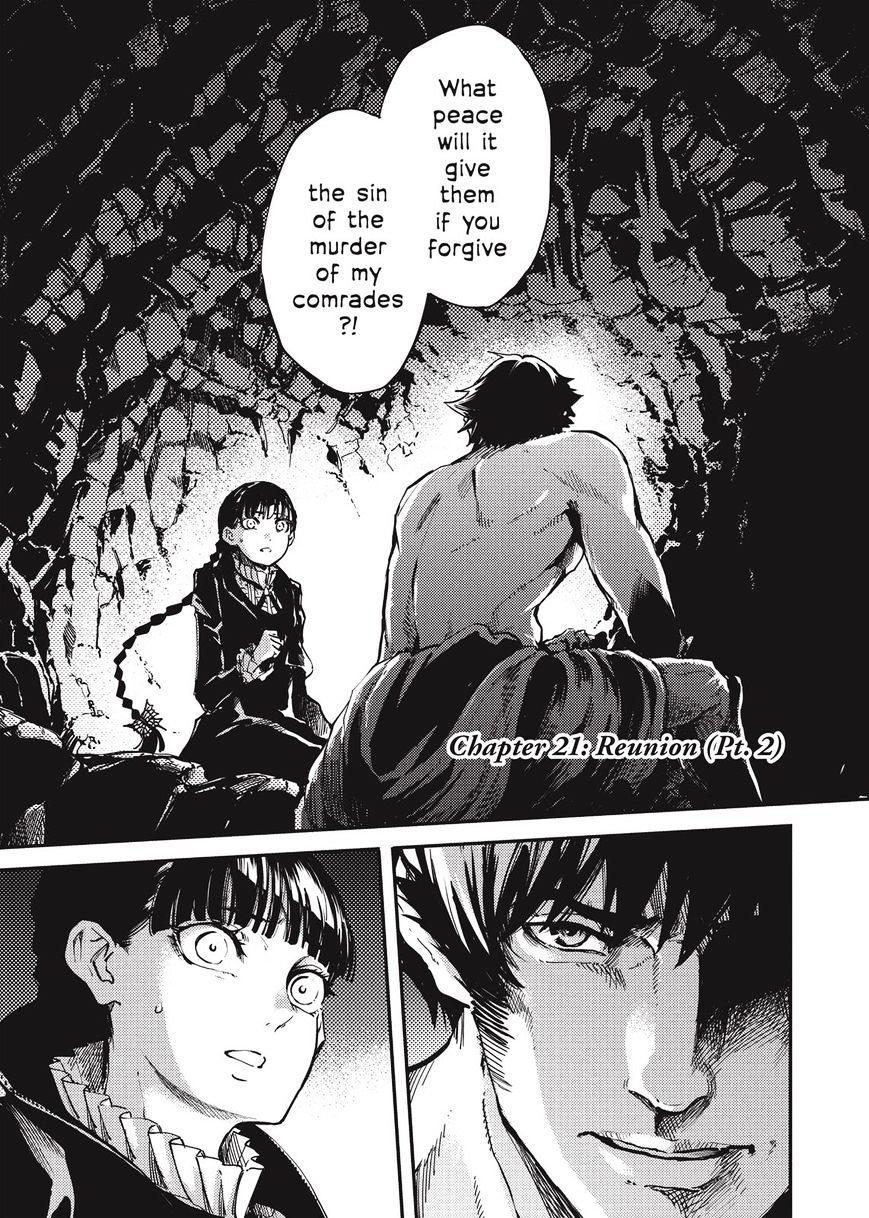 Read Katsute Kami Datta Kemonotachi E Chapter 21 : Reunion (2) on Mangakakalot10 novembro 2024
Read Katsute Kami Datta Kemonotachi E Chapter 21 : Reunion (2) on Mangakakalot10 novembro 2024 -
 The Last of Us Veja como os personagens do jogo ficaram na série10 novembro 2024
The Last of Us Veja como os personagens do jogo ficaram na série10 novembro 2024 -
 Sir. Silver Silver the hedgehog, Sonic art, Sonic the hedgehog10 novembro 2024
Sir. Silver Silver the hedgehog, Sonic art, Sonic the hedgehog10 novembro 2024 -
 Todos os Jogos da Alemanha na Copa do Mundo 201410 novembro 2024
Todos os Jogos da Alemanha na Copa do Mundo 201410 novembro 2024 -
 Grandes Exitos by Pibes Chorros on TIDAL10 novembro 2024
Grandes Exitos by Pibes Chorros on TIDAL10 novembro 2024 -
 Chloe Grace Moretz: I LOVE YOU DADDY10 novembro 2024
Chloe Grace Moretz: I LOVE YOU DADDY10 novembro 2024 -
Friday Night10 novembro 2024
-
 Pokémon Go Mega Medicham guide: best counters for the raid - Video10 novembro 2024
Pokémon Go Mega Medicham guide: best counters for the raid - Video10 novembro 2024

